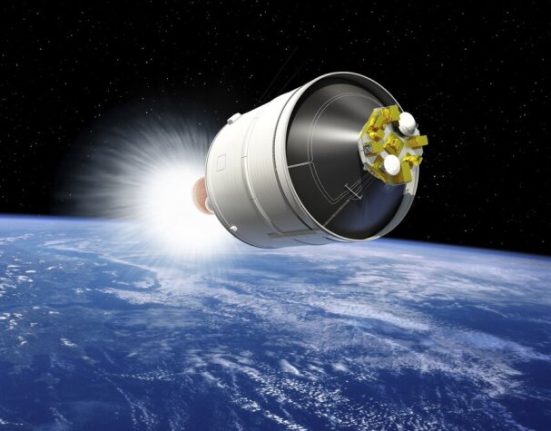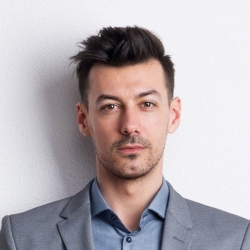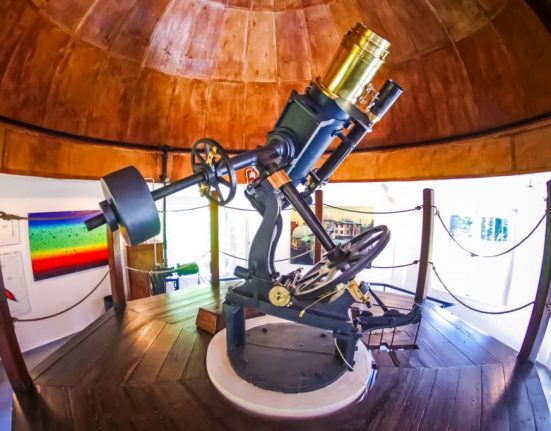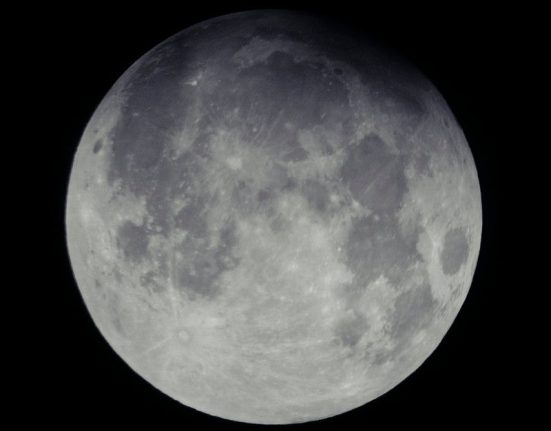Schooling fishes such as the rednose tetra rely heavily on visual cues to orient themselves in their environment, interact with peers, and avoid obstacles. However, the availability of these visual cues can be significantly influenced by changes in environmental conditions, such as light intensity. A recent study led by Dr. Guy Theraulaz of the National Center for Scientific Research and colleagues from Peking Normal University and the University of Toulouse explored the impact of different light levels on the social interactions and collective behavior of these fishes. Their findings, published in PLOS Computational Biology, offer new insights into how environmental factors can drive collective animal behavior.
The research team conducted a series of experiments to analyse the movements of rednose tetras under different lighting conditions. The study combined empirical data with computational models to reconstruct and understand the interactions between individual fish and their environment.

“Our experiments demonstrate that light intensity strongly modulates social interactions between fish, influencing their collective movement patterns,” said Dr. Theraulaz. This modulation, he explained, occurs without altering the fundamental nature of the interactions, but changes their strength and extent, leading to distinctive patterns of collective movement within groups of fish.
In low light conditions, fish showed shorter and more frequent movements, possibly as a strategy to avoid collisions when visual information is limited. As light intensity increased, fish took longer and more direct paths, interacting more strongly with both their peers and the boundaries of their environment. This behavioral change highlights the critical role of visual information in maintaining group cohesion and navigating spaces.


In their simulations, the researchers found that as light intensity increased, fish tended to swim closer together and closer to the tank walls. In smaller groups, this effect was more pronounced, leading to highly polarized swimming patterns, where all fish lined up and moved in the same direction. In larger groups, however, fish exhibited a different pattern: they formed a rotating “windmill” structure around the center of the tank.


Dr. Theraulaz and his team developed a model of gliding and kicking swimming based on quantitative analysis of fish movements, focusing on how fish interactions with their social and physical environment change with light intensity. The model successfully replicated experimental observations, showing how light-induced changes at the individual level translate into collective behaviours at the group level.
“The collective dynamics we observed in rednose tetras under different light conditions suggest that environmental factors such as light intensity can significantly influence social interactions,” said Dr. Theraulaz. “Our work not only sheds light on the specific behaviors of schooling fish, but also offers broader implications for understanding collective behavior in other animal species.”
This study highlights the importance of taking environmental variables into account when studying social interactions and collective behavior in animals. It also provides a basis for future research into how other factors, such as water turbidity or temperature, might similarly influence group dynamics in schooling fish or other social species.
Journal reference
Xue, T., Li, X., Lin, G., Escobedo, R., Han, Z., Chen, X., Sire, C., Theraulaz, G. “Tuning the strength of social interactions drives collective response to light intensity in schooling fishes”. PLOS Computational Biology (2023). DOI: https://doi.org/10.1371/journal.pcbi.1011636
Image references
G. Theraulaz, CRCA, CBI
David Villa ScienceImage/CBI/CNRS, Toulouse
About the authors


Theraulaz boy is a senior researcher at the Centre National des Recherches Scientifiques (CNRS) and works at the Centre for Research on Animal Cognition in Toulouse, France. He obtained his PhD from the University of Aix-Marseille and his Habilitation from the Paul Sabatier University in Toulouse. He is an expert in the study of collective animal behaviour and a pioneering researcher in the field of swarm intelligence. He is the author of more than one hundred publications and five books, including reference books such as Swarm Intelligence: From Natural to Artificial Systems (Oxford University Press, 1999) and Self-Organization in Biological Systems (Princeton University Press, 2001). He was awarded the CNRS Bronze Medal in 1996.


Clement Sire is a Principal Investigator at the Centre National de la Recherche Scientifique (CNRS) and works at the Laboratoire de Physique Théorique in Toulouse, France. He graduated from the École Normale Supérieure (ENS) and obtained a PhD in Theoretical Physics from the Université Pierre et Marie Curie and the ENS. He is an expert in Society Physics and Nonequilibrium Statistical Physics. He has been a Distinguished Referee of the American Physical Society since 2012 and was awarded the CNRS Bronze Medal in 1994.


Xu Li and Tingting Xue They are PhD students at the School of Systems Sciences at Beijing Normal University who have also worked at the Animal Cognition Research Center in Toulouse, France for 18 months. Their research interests include collective motion, phase transitions and critical phenomena, machine learning, and turbulence. They have published several papers including PLOS Computational Biology, Machine Learning: Science and Technology, Chinese Physics B, Physical Review Research, and Europhysics Letters.















Leave feedback about this